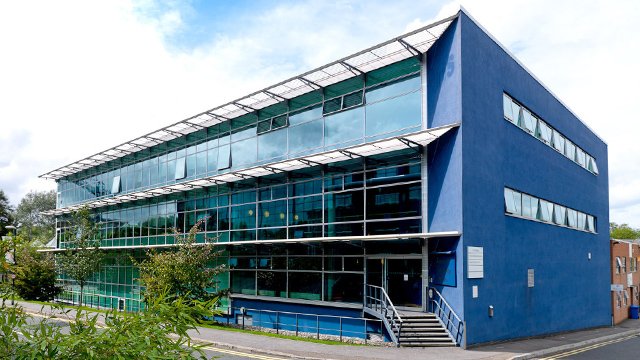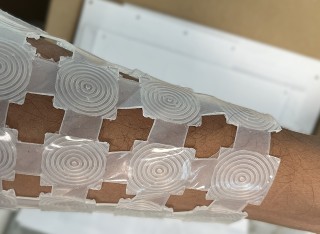Nanoelectronics Centre
We are sat within the Advanced Technology Institute (ATI), and take a twin-track approach towards utilising atoms and molecules. Using both fundamental and applied research, we are placed at the forefront of those taking this innovative technology into the future.
What is nanotechnology?
Nanotechnology is about the design, manipulation and fabrication of mechanical, biological, optical and electronic devices/systems utilising the smallest building blocks available: Atoms and molecules.
Our leading experts from a diverse range of scientific backgrounds, are currently designing materials, devices and systems based on and using nanotechnology to address the grand challenges faced by society.
Our achievements
- First to demonstrate growth of carbon nanotubes at low temperatures, ultimately leading to formation of spin-out company, Surrey Nanosystems
- In partnership with NPL we have fabricated nanoSQUIDS that hold the world record for the lowest noise
- Invention of the source-gated transistor, a new type of transistor device.

Research
Our members work closely with other members of the Advanced Technology Institute (ATI) on cross-cutting themes in science and technology on the nanoscale. We are working with several partners to bring nanotechnology to everyday applications, such as gas sensors and electronic devices.
Get involved
Nanotechnology is essential for faster electronics with greater functionality and is the key for energy and sustainability. Come join us to improve our environment and help society.





